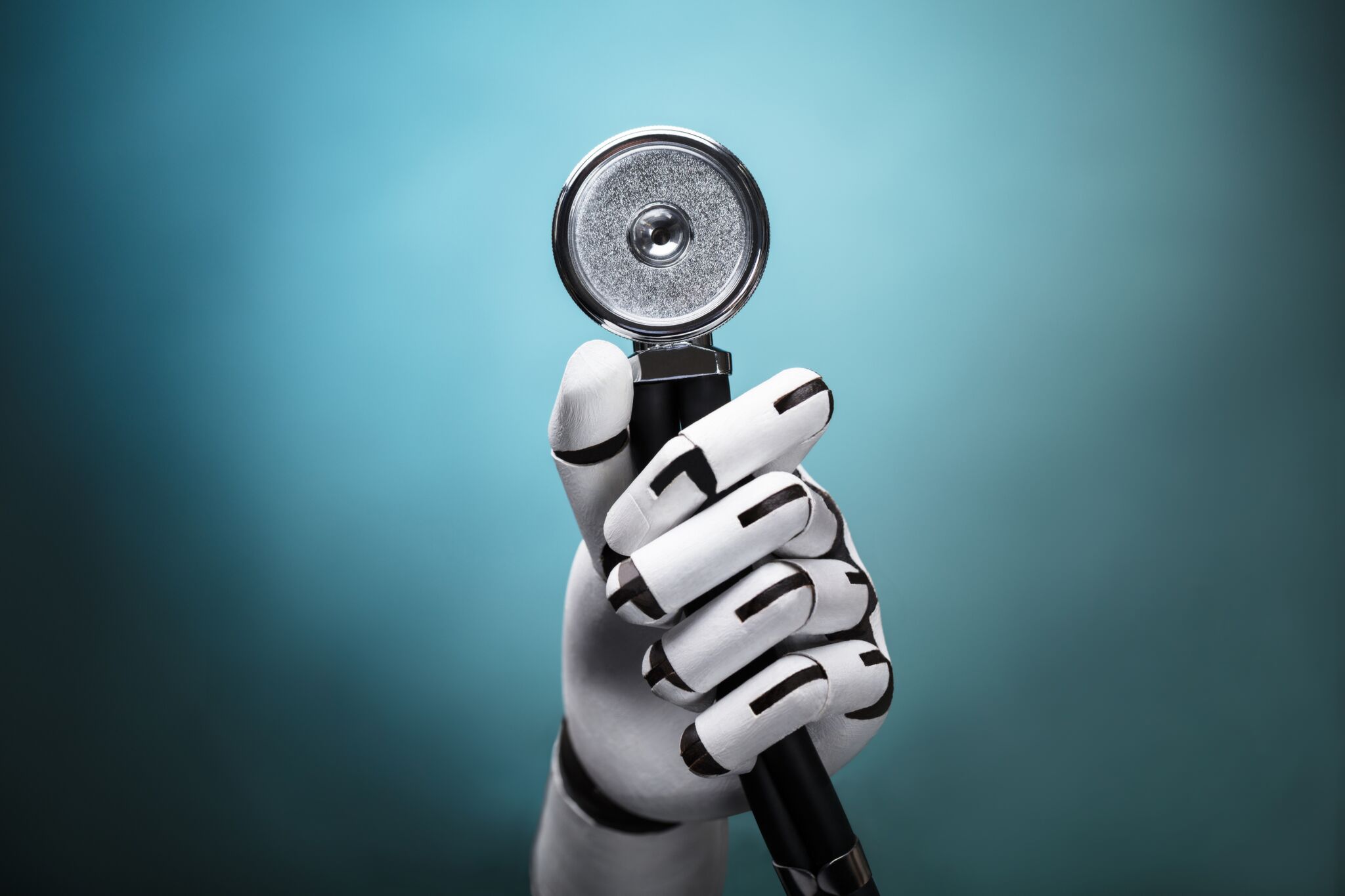
While new technologies like AI tend to make inroads into industries as they prove their value in specific cases, a crisis, especially one involving a new disease, has a way of expediting that growth exponentially.
As a recent article at Vox explains, for example, the recent emergence and spread of the coronavirus has brought the potential for AI in healthcare to center stage as the technology is being applied in myriad ways to track, diagnose and fight the disease.
For starters, AI-based public health data surveillance companies Metabiota and BlueDot were used to track the initial outbreak of the coronavirus. “BlueDot actually notified its clients of the coronavirus threat several days before both the World Health Organization and the Centers for Disease Control and Prevention (CDC) issued their public warnings. Now, the same type of technology continues to monitor social media posts and other publicly available content to look for signs of the disease’s spread.”
AI has also been enlisted in efforts to diagnose the disease as quickly as possible. “Several hospitals in China are using AI-based software from the company Infervision to scan through CT images of patients’ lungs to look for signs of Covid-19, the infection caused by the novel coronavirus,” the article said.
And in the race to develop new ways of treating the disease, as well as to find a vaccine, the article notes that the epidemic has lead several drug companies to use AI-powered drug discovery platforms to search for possible treatments. “That process can involve using AI to find entirely new molecules that might be capable of treating the pneumonia-like illness, or mining through databases of already-approved drugs (for other illnesses) that might also work against Covid-19.”
A little further afield, but still well within the broader AI category, robot technology is also being tapped. For example, remotely controlled robotic “pods” are disinfecting patient rooms “by emitting ultraviolet light throughout an area, killing viruses and bacteria, including the coronavirus.”
Also, medical workers in Wuhan are receiving critical supplies via self-driving vehicles, and drones are being used “to patrol public places, spray disinfectant, and conduct thermal imaging. Chinese officials have used drones to track whether people are traveling outside without wearing face masks or violating other quarantine rules.”


